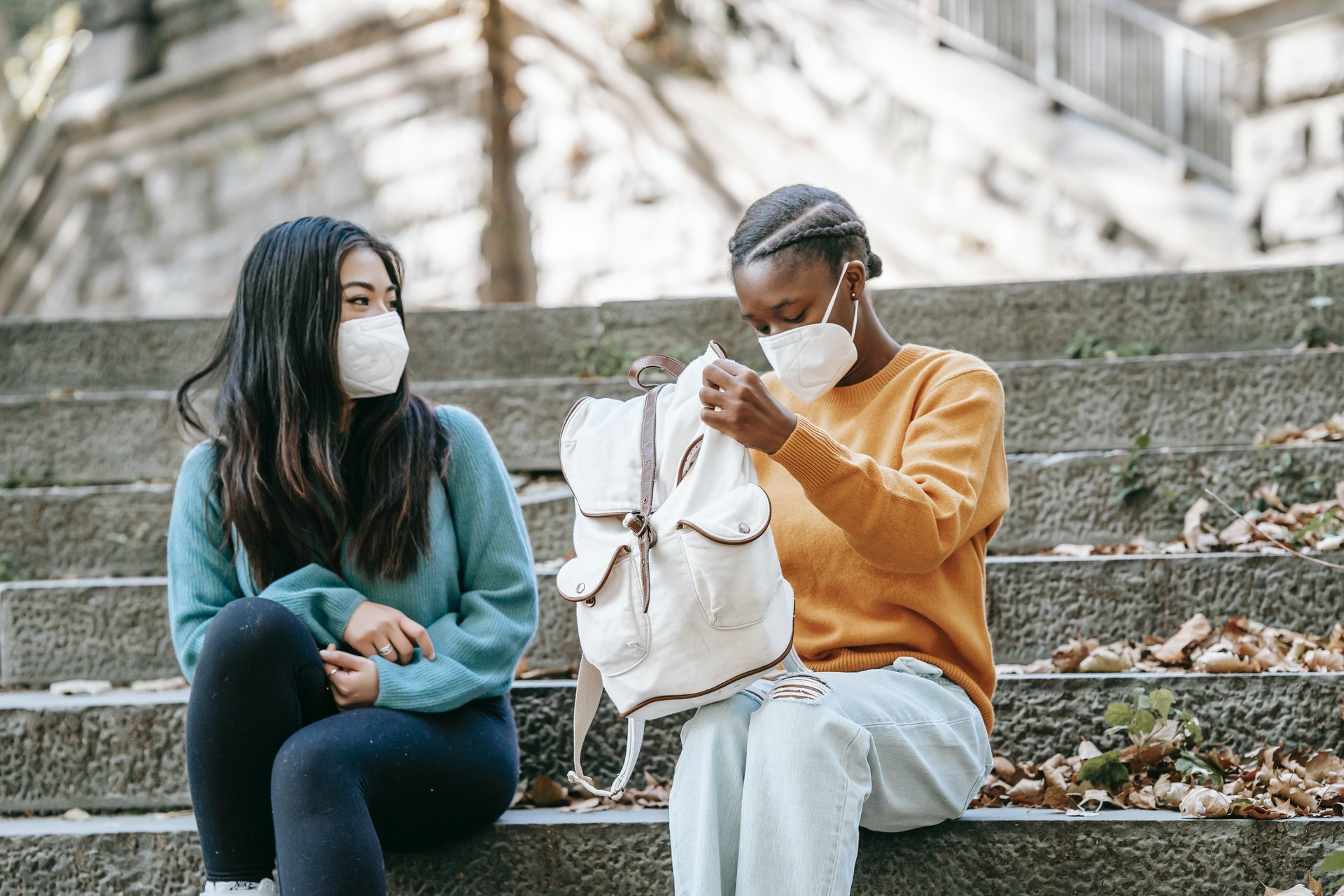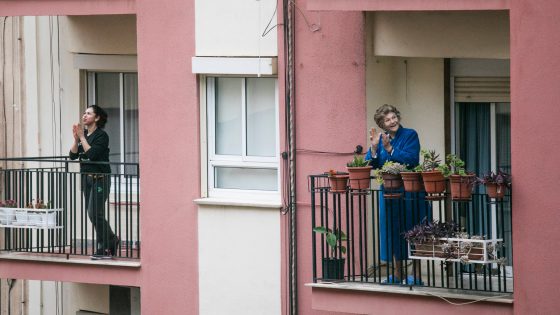The COVID-19 pandemic has already made its mark on all aspects of our lives for years to come. The same can be said for consumer behaviour which the following article will examine. In particular, the permanence of the most consistently observed trends and mutations caused by the pandemic. Which behaviours are permanent and which are likely to return back to their original states?
InsightzClub (a technology-driven consumer insights platform) examines this on the basis of several studies across South-East Asia during COVID-19 to map out key trends.
Widespread Adoption Digital Communication & Online Streaming Services
In the age of prosaic Zoom calls, WhatsApp messages, and Netflix, it is safe to say the pandemics repercussions have already taken its place as the ‘new normal.’ Plainly, how we consume media, work, and learn will never be the same. Government-issued movement restrictions to curb the virus’ spread limited in-person interactions. Recent internet adoption data has shown that almost there have been 40 million new internet service users in South East Asia, close to 90% of which are likely to remain, consumers, post-pandemic. In some South-East Asian markets, there has been an 18-fold increase in interest in video streaming services, along with more time spent on digital devices.
Are users likely to go back to movie halls in a comfort-driven Netflix environment? This kind of behaviour is likely to last driven by convenience, content and safety concerns of cinema halls.
Movement away from traditional educational methods
The closure of educational institutions nationwide in the early stages of the pandemic prompted the relocation of classes to e-learning platforms. Governments launched educational TV programmes and conducted lessons on Google Classroom, Microsoft Teams, and Zoom. New internet users from education made up more than half of all new users. Mixed learning is slated to be the next standard in education services. Consumers are becoming more aware of supplanting their knowledge with micro-credentials on sites like LinkedIn Learning and Coursera. Demand for courses such as these is projected to increase steadily in a post-pandemic, restriction-free world.
While mixed modes of learning will replace solely physical modes, it is highly improbable that we will see completely online institutions that maintain the same efficacy of more balanced teaching methods. The added flexibility is only attractive for micro-credentials and other professional certifications, but their relevance and acceptance in top employers remains to be seen. It would seem that consumers are attracted towards more flexible offerings and that the infrastructure is there to support it. The fact remains that millions still don’t have access to optimal remote learning conditions. Despite the adaptation to online learning, physical interaction still has more to offer in terms of interaction and assisting younger students more directly. This trend in the consumption of education is likely to become a halfway house between the current online teaching modes and traditional physical classes.
Leisure time and social connections
Traditional leisure activities have become less accessible, be it travel, sports, or other recreational activities. Demand for travel has dried up due to health concerns and restrictions. We are likely to see continued acceleration in demand for digital entertainment, even when it comes to travel. Virtual Reality has enabled us in visiting places we could not during these times. More and more people have moved away from ‘Why should I do this digitally?’ to ‘Why should I do this in person?’. Although the travel industry and other forms of in-person recreation might take years to recover, in terms of behaviour it is expected that consumers rapidly flock to travel destinations as vaccinations become more widespread and a sense of normalcy is restored. Lastly, we have to keep in mind that hygienic practices are necessary to restore consumer trust.
Value & availability triumph brand loyalty
A struggling global economy, low job security, and additional costs of personal protective equipment like masks and gloves have forced consumers into a value-oriented purchasing behaviour. It is no longer imperative which brand we previously were affiliated to, but instead what brings the most value. Similar trends were observed in previous recessions like that in 2008. The evidence suggests that current purchasing behaviour is unfixed; however, consumers will make permanent changes to their brand loyalty as the pandemic subsides. Those who have found value and availability in brands that there were not previously attached to are going to remain with them.
Remote work, flexibility & absent work-life balance
Remote work has become commonplace as most economic sectors were barred from operating. Even as restrictions eased in the third quarter of 2020, employers chose to avoid reinstating office working conditions. Employees that can perform their jobs remotely are to continue working from home after the pandemic. The flexibility and low travel costs have made working remotely more attractive. Unfortunately, the distinction between work and home settings no longer exists, further blurring an attempt at achieving a healthy work-life balance. In the future, more employees will transition in favour of remote work. Accommodations for this mode of work will enable this to become a more permanent change.
Although there are clearly established trends that may forever change how consumers behave and interact with the world around them, it is indefinite. In a dynamic environment and the ongoing rapid recovery, some aspects of consumer behaviour might only be mildly modified if not unchanged. We cannot completely predict the permanence of changes in consumer behaviour after the COVID-19 pandemic but the above analysis by InsightzClub provides a relatively reliable indicator of consumer behaviour in the years to come.
Cofounder of InsightzClub, an agile tech enabled platform for consumer insights. Padmanabhan has more 14 years of experience in consumer insights, analytics and data science and ecommerce while working in leadership roles at Rocket Internet/Lazada, Hong Leong Management Group, Nielsen and IPG Mediabrands. Follow him at InsightzClub and on Facebook.



















